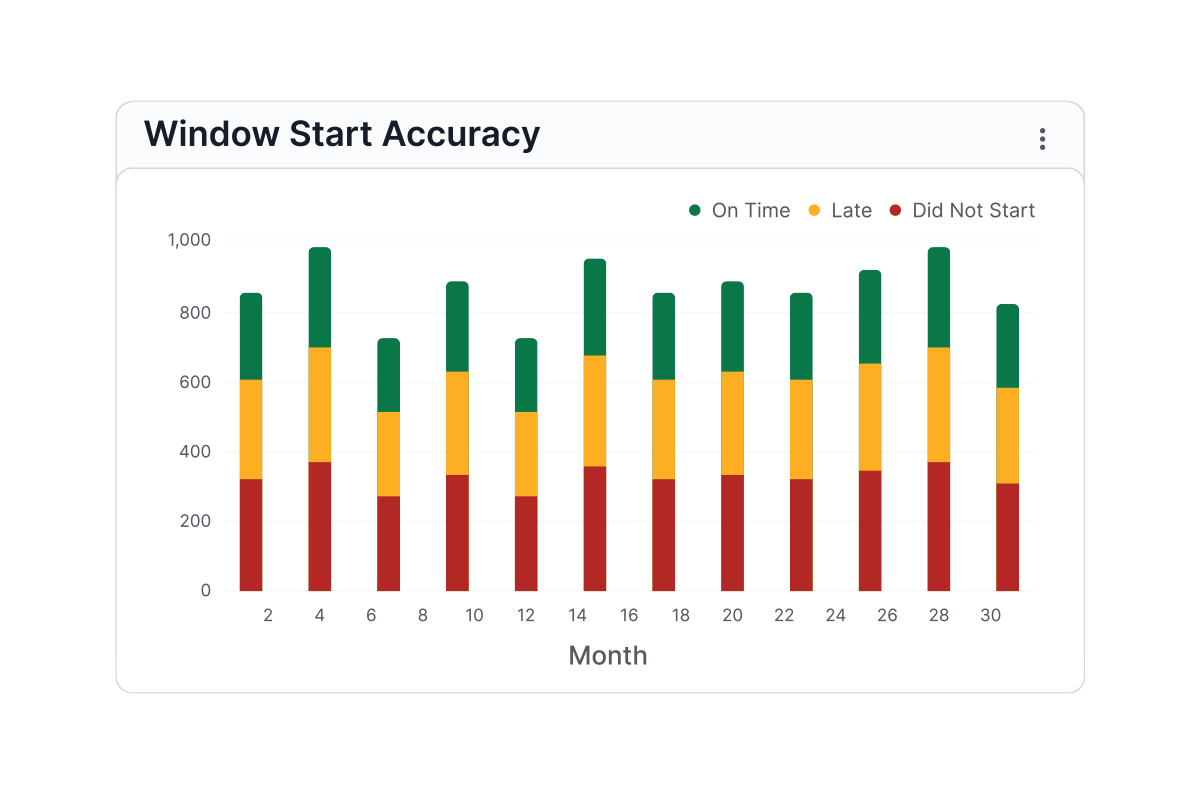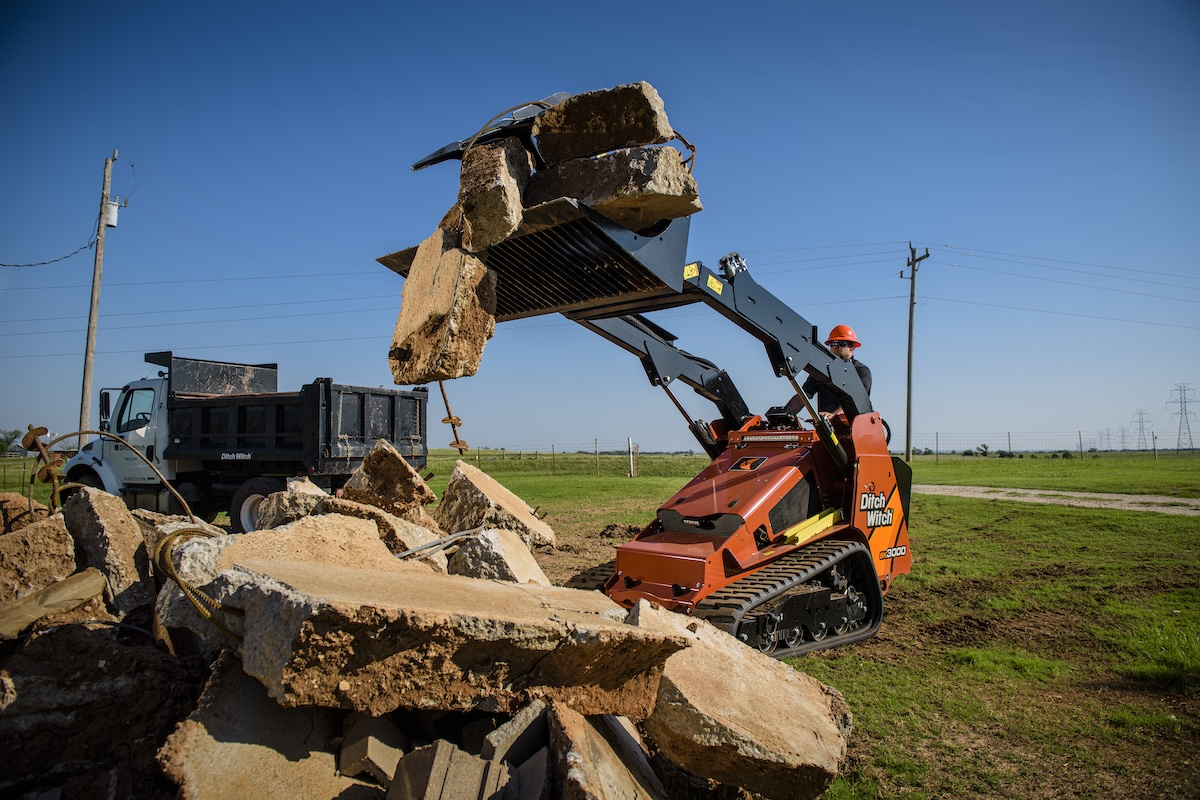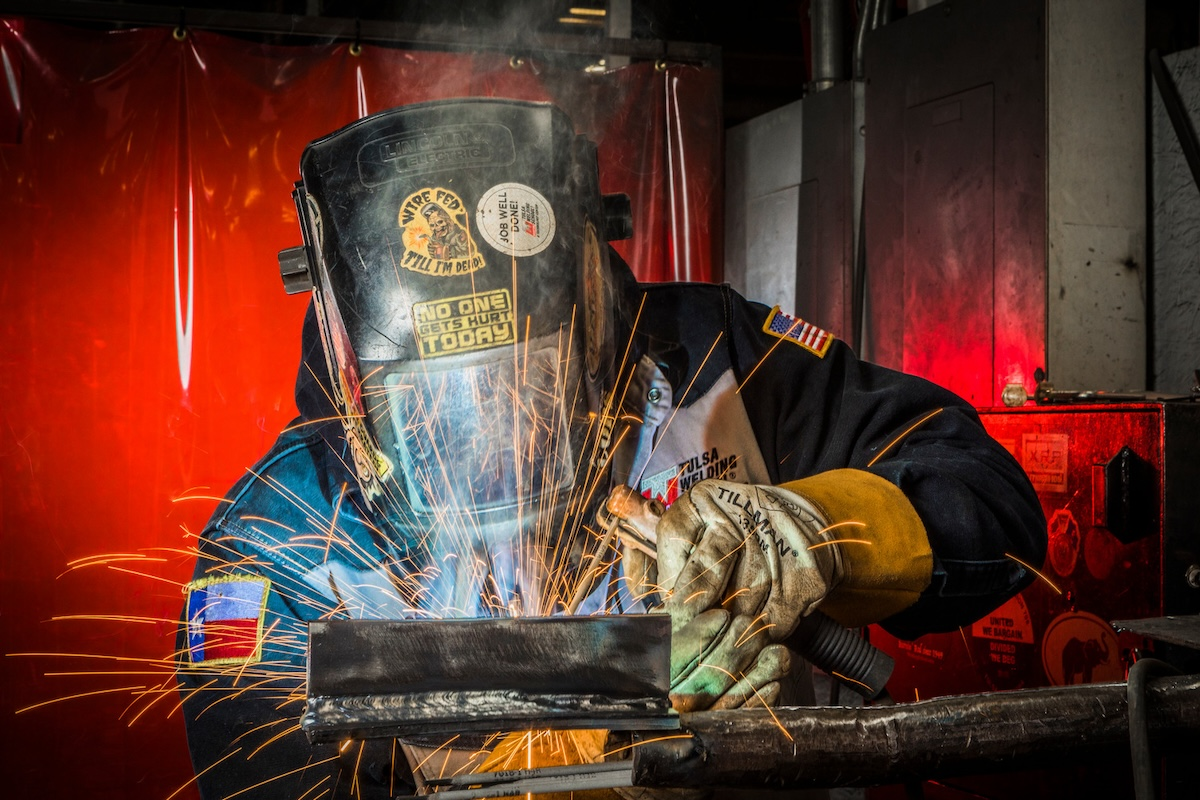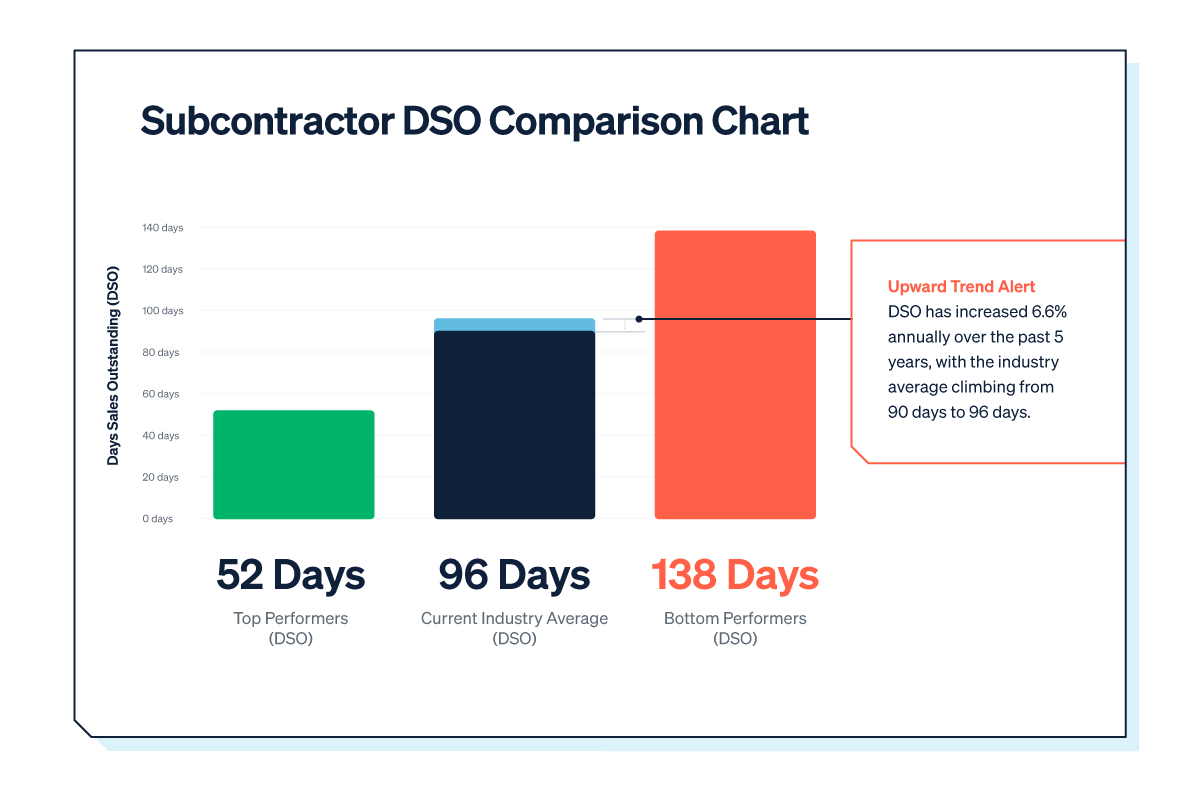OSHA currently addresses heat safety under the general duty clause. The general duty clause requires employers to provide a workplace that is free from recognized hazards that are causing or likely to cause death or serious harm to employees.
Prolonged exposure to high ambient heat can lead to heat illnesses like heat stroke or heat exhaustion. It could also result in death if the symptoms of heat illnesses are not identified in a timely manner and addressed appropriately. You should educate yourself about the symptoms and remedies for heat-related illnesses, first aid, and medical treatment. Employers typically provide that type of information to employees, so that employees may also educate themselves on heat illnesses. If a worker is suffering from heat exhaustion or another heat illness, it is important for his or her colleagues to be able to spot it and know what to do.
OSHA’s website provides helpful resources regarding heat safety. Resources for planning, first aid, prevention, and other information are available on the website. OSHA has also created a great tool in the form of a cell phone app. If you were not already aware of the Heat Index app, you can easily download it for free on your smart phone. It provides information on the heat index in your area and a forecast for the heat index. It also lists the various types of heat illnesses a person can experience and what should be done when a person is experiencing a heat illness.
What is the heat standard going to be? That is not possible to say since the regulations are still subject to public comment and revisions. But the general guidelines appear to be fairly well outlined.

| Your local Sennebogen LLC dealer |
|---|
| WPI |
| ASCO Equipment |
One new standard will likely relate to heat triggers — two of them. The heat triggers seem to be a term of art for the new heat safety standard. A heat trigger essentially acts as a threshold event that, once it occurs, requires some action by the persons or entities subject to the standard in place.
These triggers may require employers to provide certain relief for their employees. The heat triggers are based on the heat index in your location, rather than the ambient air temperature. The heat index is a number that is calculated by accounting for the air temperature and the relative humidity. As relative humidity or air temperatures increase, the heat index increases. The Heat Index app on your phone comes in handy here.
The next heat trigger could be referred to as the high heat trigger. The high heat trigger kicks in when the heat index reaches 90 degrees. When the high heat trigger threshold is met, the standards imposed by the initial heat trigger will still apply, but the employer will also need to provide employees a 15-minute break every two hours. Since the rules are still under review, there could be additional requirements as well.
Note that the names of these threshold triggers (initial heat and high heat) may not be the names used in the final new regulations. The word trigger may not even be used. But it seems clear that the new heat standard will operate in part under a system based on threshold events. In other words, once a specific event has occurred, specific standards will apply.
Some readers may already have a heat safety plan as a part of their general safety protocols. But the obligations on your employer are going to be defined under the new standard. So when an OSHA representative shows up on site and wants to see your recordkeeping for heat conditions, planning, and training, you may need to have that available. There will also likely be clearer obligations on when a heat-related illness or injury needs to be reported to OSHA.
If you don’t already have a written heat safety protocol, don’t wait for the new standards. Take steps now to implement one. Construction industry stakeholders expect that these new heat regulations could take effect as early as next year, but that’s many hot days away.
If you are a subcontractor who has never had a heat safety protocol, you will also need to consider implementing one for the new heat standard. If your subcontract says that you have a contractual obligation to comply with all federal regulations, that includes OSHA standards. If you are not complying with the new heat standard, you could have a contractual liability issue. Better to take steps now to prepare for recordkeeping, planning, and monitoring obligations.
You likely have resources at your disposal to assist with heat safety. Local and national industry associations may be able to inform you of what is expected of employers. OSHA will likely provide information on its website. Take advantage of the OSHA Heat Index app. And stay cool.






































































